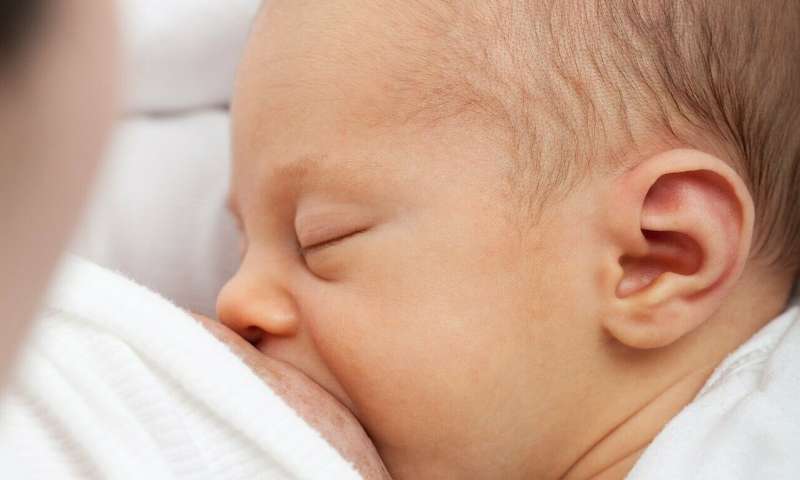
Pasteurizing breast milk using a common technique inactivates severe acute respiratory syndrome coronavirus 2 (SARS-CoV-2) making it safe for use, according to new research in CMAJ (Canadian Medical Association Journal)
Current advice is for women with coronavirus disease 2019 (COVID-19) to continue to breastfeed their own infants. In Canada, it is standard care to provide pasteurized breast milk to very-low-birth-weight babies in hospital until their own mother’s milk supply is adequate.
“In the event that a woman who is COVID-19-positive donates human milk that contains SARS-CoV-2, whether by transmission through the mammary gland or by contamination through respiratory droplets, skin, breast pumps and milk containers, this method of pasteurization renders milk safe for consumption,” writes Dr. Sharon Unger, a neonatologist at Sinai Health and professor at the University of Toronto, who is medical director of the Rogers Hixon Ontario Human Milk Bank, with coauthors.
The Holder method, a technique used to pasteurize milk in all Canadian milk banks (62.5°C for 30 minutes), is effective at neutralizing viruses such as HIV, hepatitis and others that are known to be transmitted through human milk. In this study, researchers spiked human breast milk with a viral load of SARS-CoV-2 and tested samples that either sat at room temperature for 30 minutes or were warmed to 62.5°C for 30 minutes, and then measured for active virus. The virus in the pasteurized milk was inactivated after heating.
More than 650 human breast milk banks around the world use the Holder method to ensure a safe supply of milk for vulnerable infants.
Source: Read Full Article
